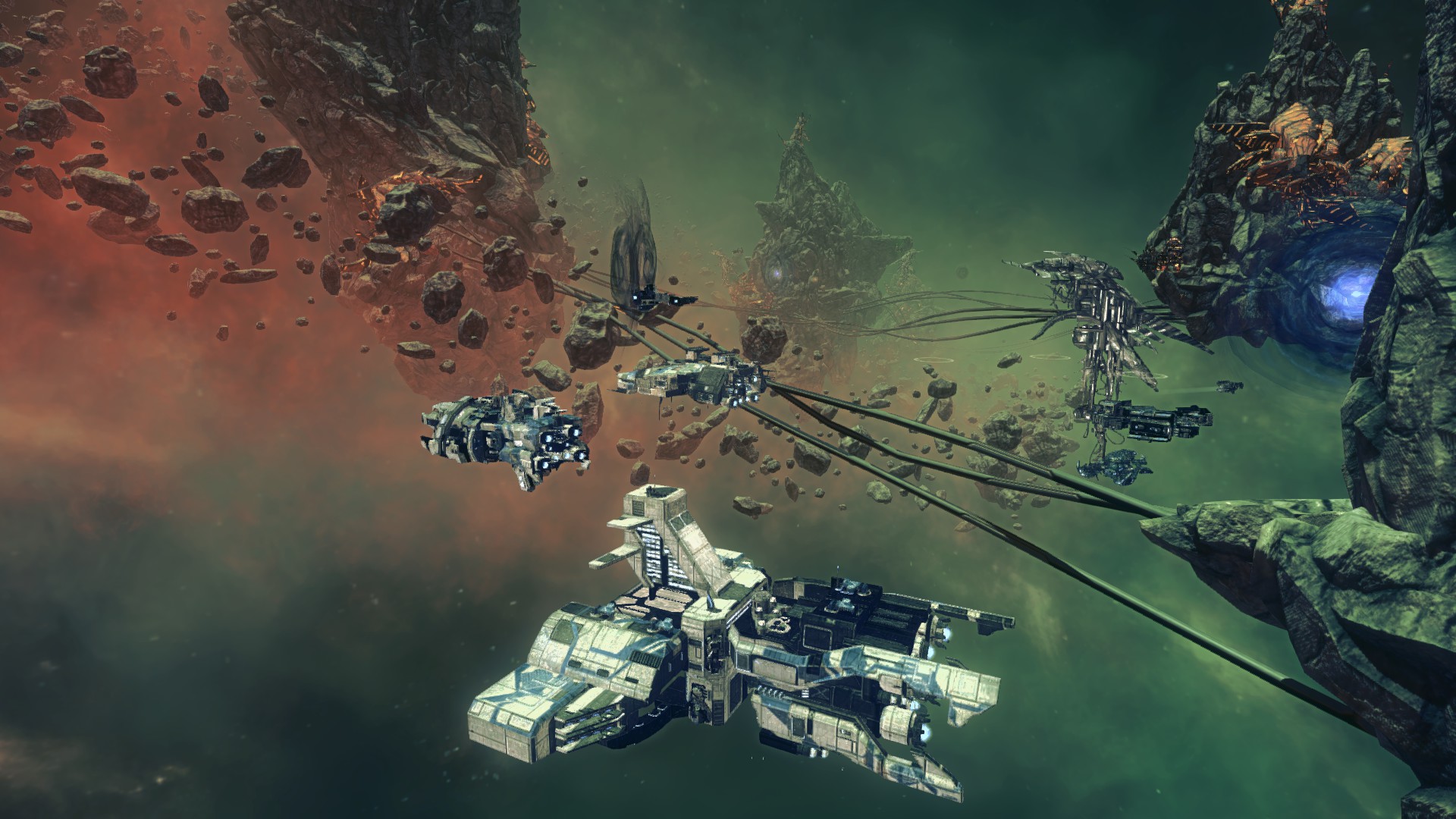
This impact, according to the analysis, likely occurred around 2 million to 4 million years after the solar system formed. The material that was ejected during the collision eventually coalesced into the spinning-top asteroid we know as Ryugu because of gravity.

The scientists conclude Ryugu likely formed after a huge rocky body in the early solar system was smashed into by another rocky body (The early solar system was pretty wild, so this was happening a fair bit). Doing so required powerful electron microscopes and the use of spectrometers, which can provide details on the chemicals present in an object based on how the object reflects light. The study released on June 9 took an extremely tiny amount of the sample - about 2% of the total - to examine the chemistry and structure of the asteroid and draw some conclusions about how it formed and transformed over its life. The material is in the form of small pebbles and rocks, ranging in size up to about 0.4 inches. The two landings on Ryugu snatched away 5.4 grams of material from the surface and subsurface of the asteroid. That sample capsule landed in the Australian outback in 2020 and its precious cargo has been carefully managed since.

Some scientists believe these types of asteroids delivered the raw materials for life to Earth, and that's why JAXA wanted to investigate Ryugu and steal some rock from its surface.Īfter a four-year journey, Hayabusa2 rendezvoused with the space rock and then, in 2019, the spacecraft made two brief touchdowns on the asteroid, hoovering up samples and storing them in a specialized sample capsule. Its orbit around the sun exists beyond Mars. The asteroid belongs to the most common class in our solar system, the C-type, and is shaped like a spinning top. Japan's Hayabusa2 mission launched in 2014 on a journey to retrieve samples from the asteroid Ryugu, named for the "Dragon Palace" in a famous Japanese folktale. Nabbing rock from the Hayabusa2 sample capsule is a delicate process. Though the study released Thursday is a major milestone in understanding Ryugu, it's merely the first step in comprehending the solar system and our place in it. They provide a portal to the very early days of the solar system, when the sun was only a fledgling star and the planets were only just starting to form. What this means is the materials recovered from Ryugu are the most primitive humans have ever been able to analyze on Earth. "We found Ryugu is the freshest ever CI chondrite," said Shogo Tachibana, JAXA's lead scientist on the initial sample analysis. In a study, published in the journal Science on June 9, JAXA scientists provide the first in-depth assessment of samples recovered from Ryugu since they were returned to Earth. The Japanese space agency, JAXA, had an inkling that the precious materials inside Hayabusa2's sample capsule would be of great scientific value - and the initial chemical analysis shows just how remarkable the agency's samples are.
#ANCIENT SPACE CRAF FULL#
Now, some eighteen months later, the chest has been opened and its treasures subjected to the full gamut of scientific analyses.

After an eight-year mission to the 4.6-billion-year-old asteroid Ryugu, pieces of the ancient rock were finally on their way to Earth. When Japan's Hayabusa2 spacecraft slung its treasure chest of asteroid samples toward Earth in December 2020, the scientists and engineers guiding the samples home erupted into a round of applause. The samples are some of the most primitive materials ever recovered from space and will help us understand the earliest epoch of our solar system.

Japan's space agency has performed an initial analysis of samples from the 4.6-billion-year-old asteroid Ryugu.


 0 kommentar(er)
0 kommentar(er)
